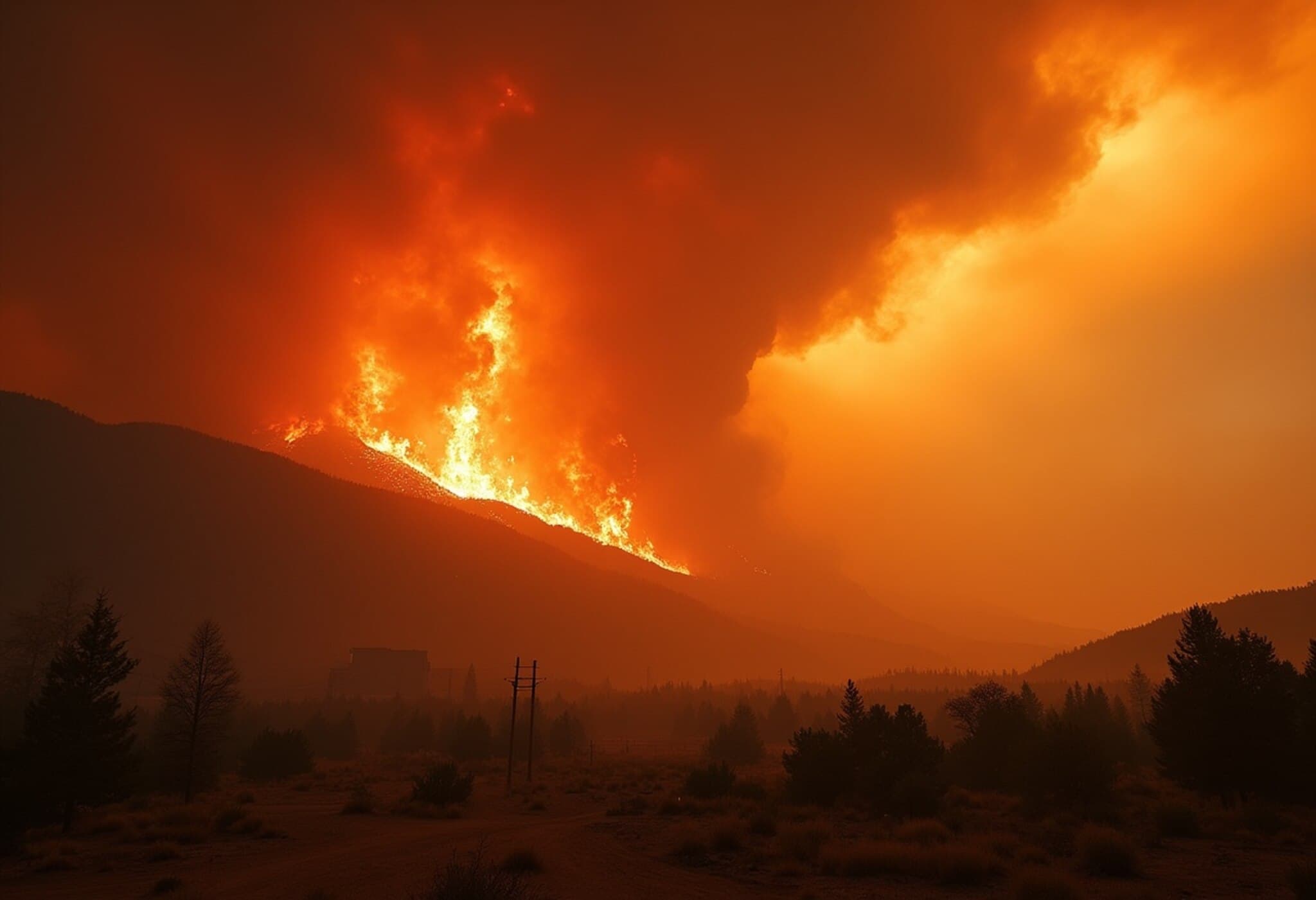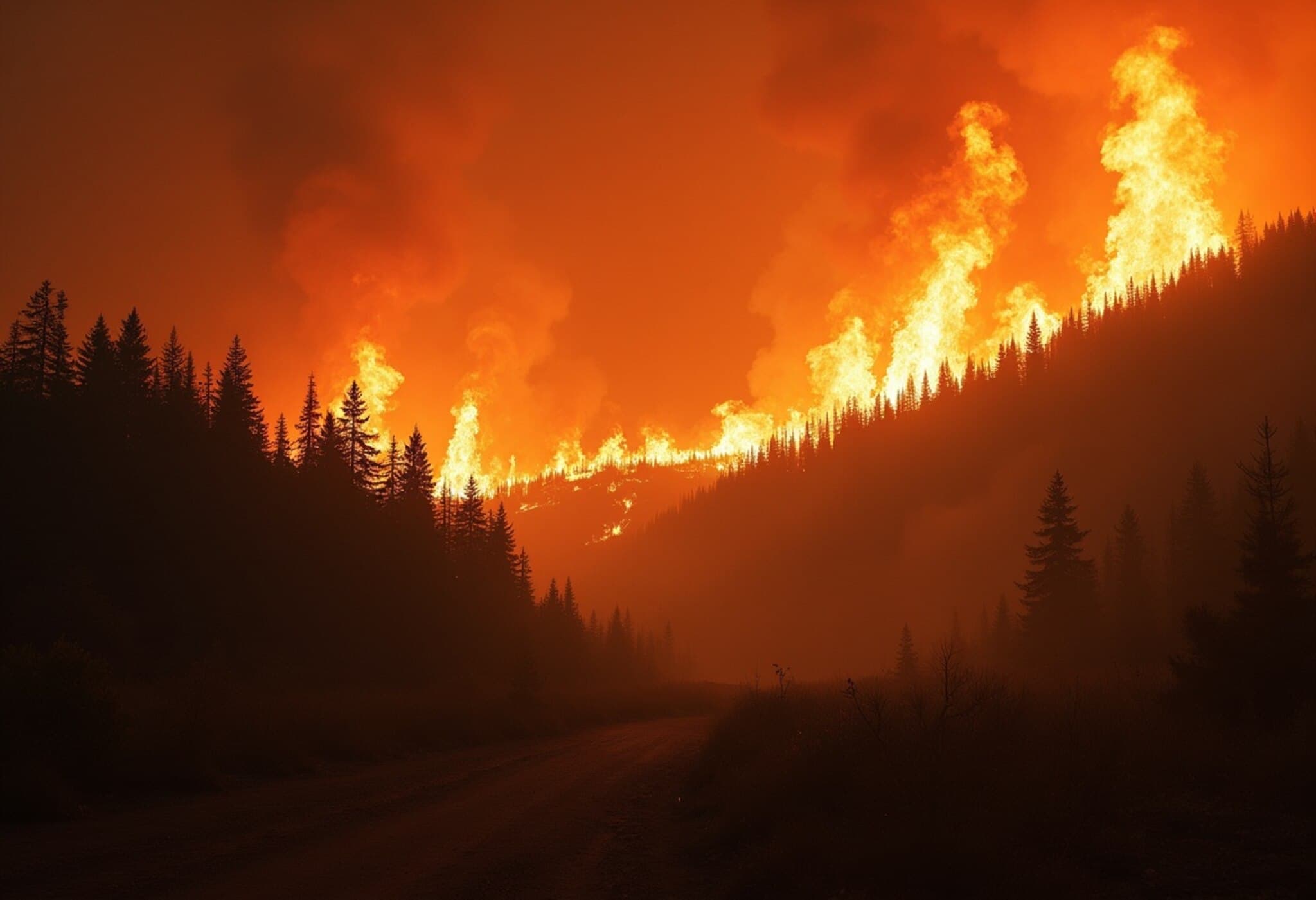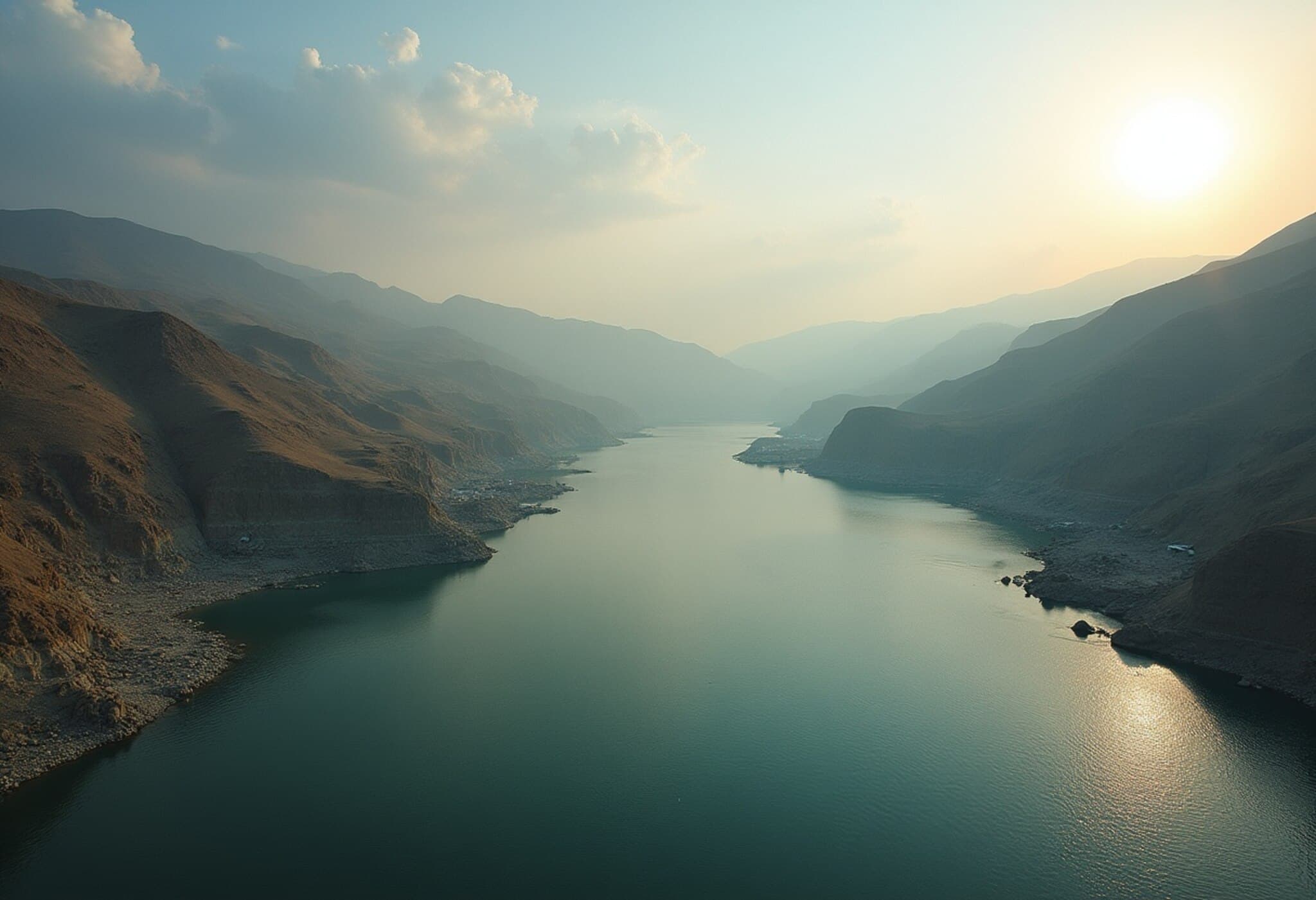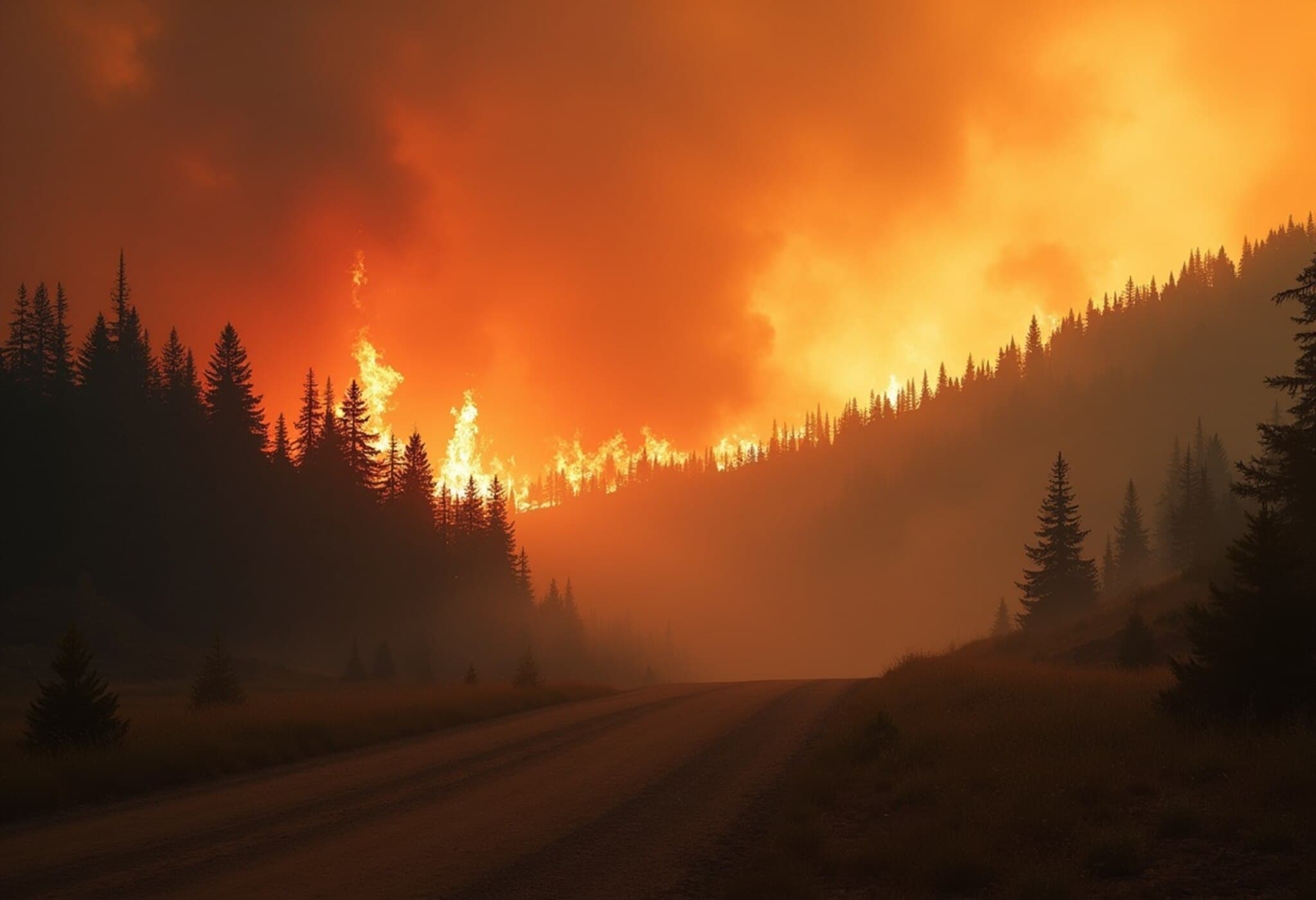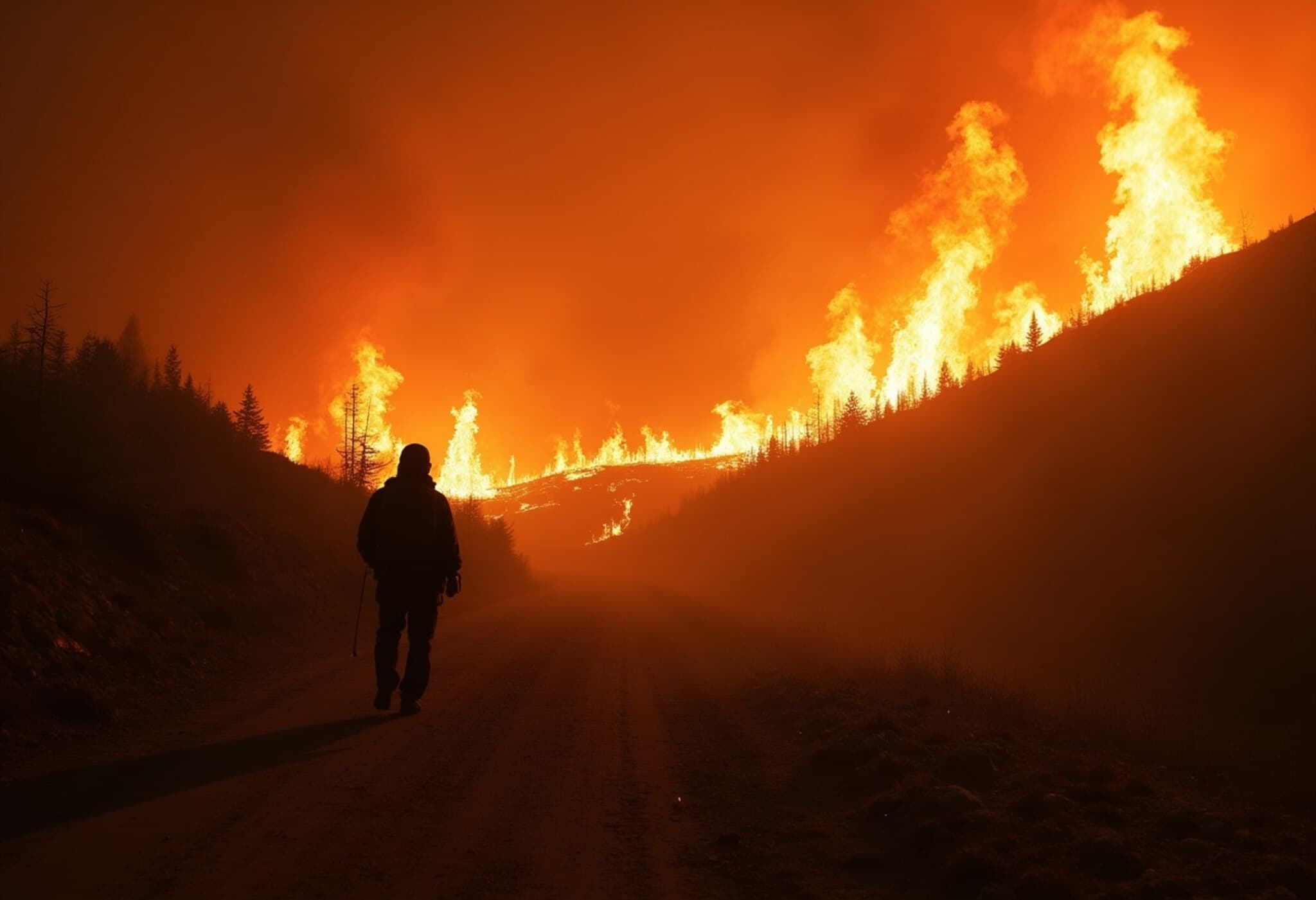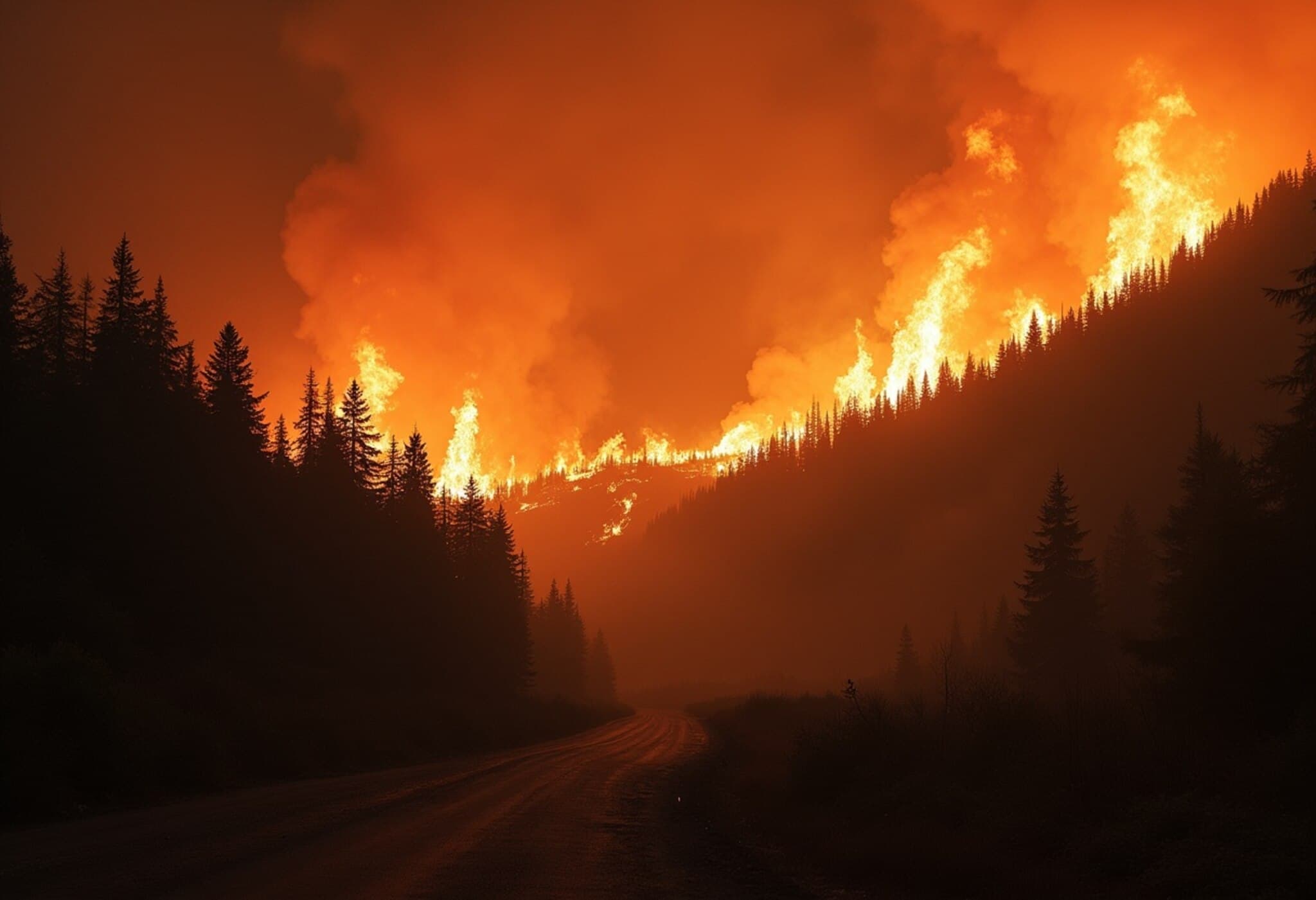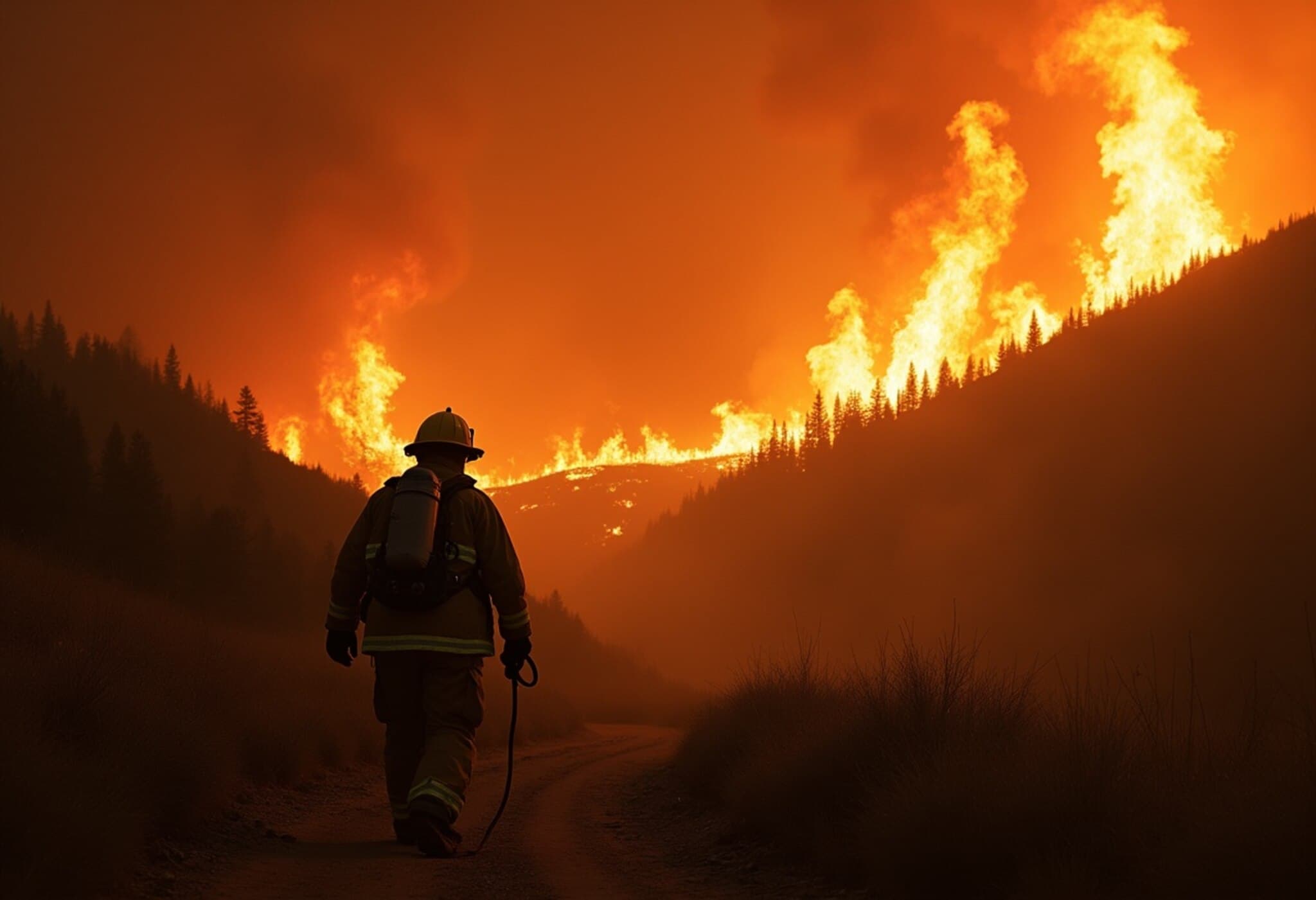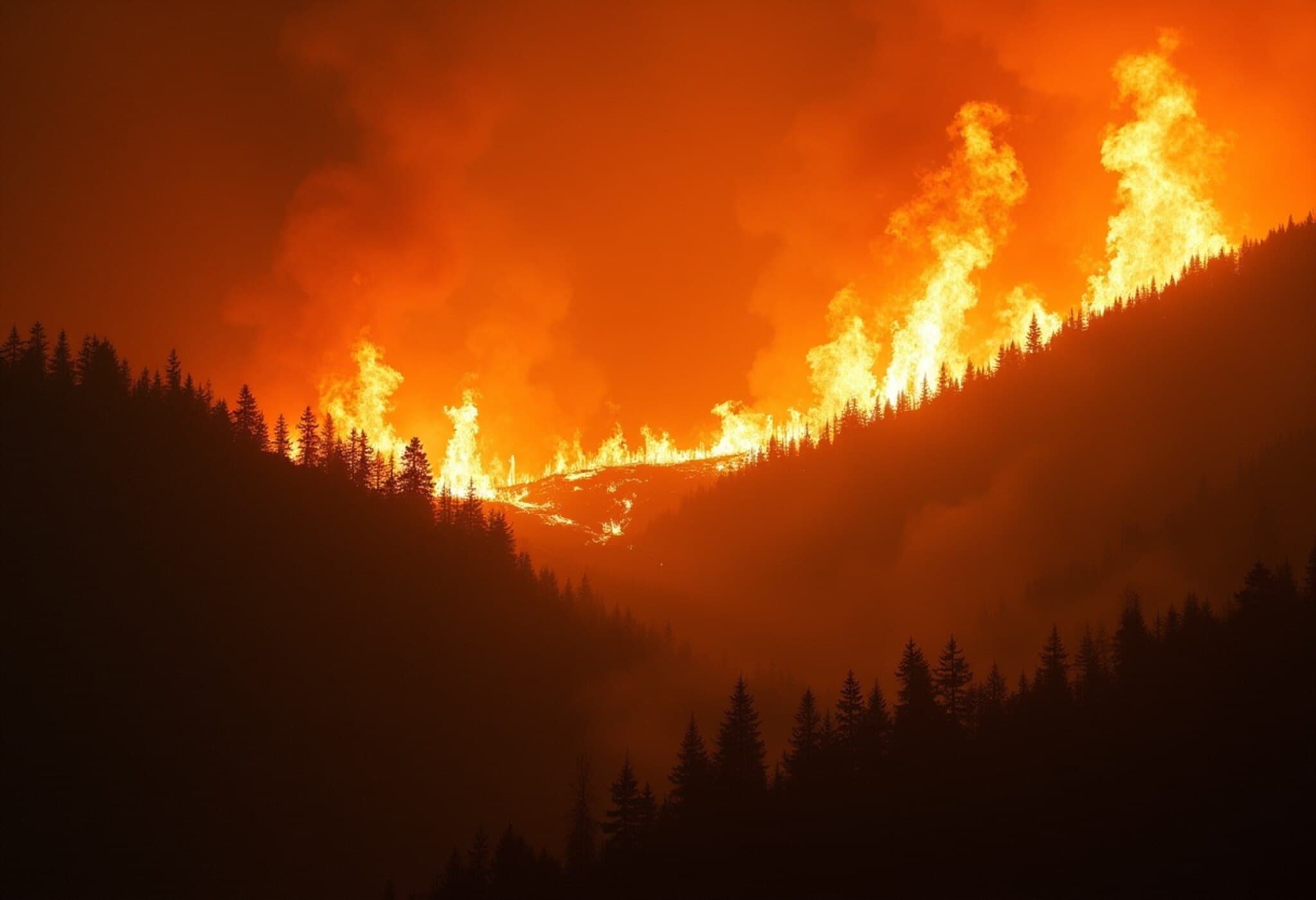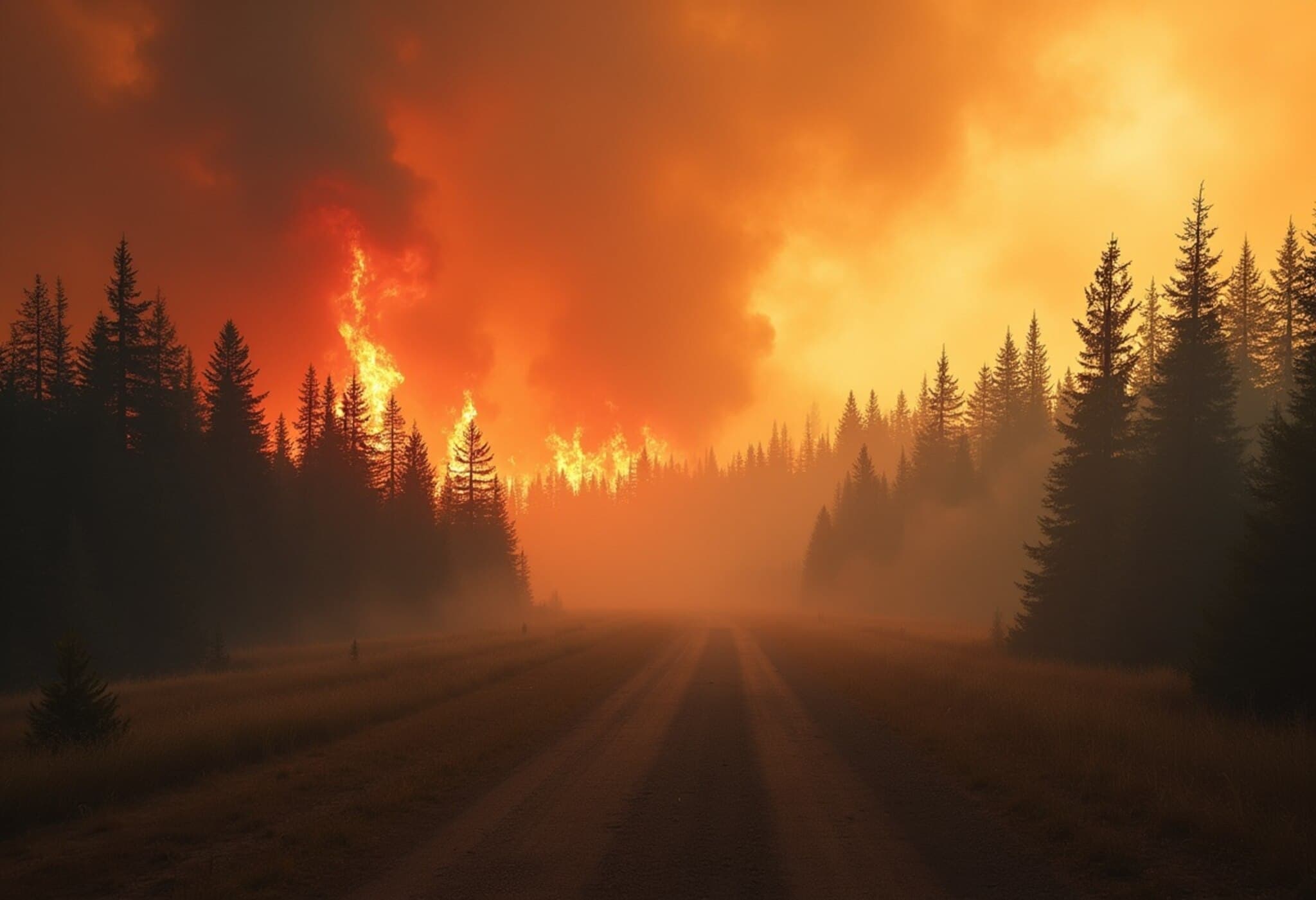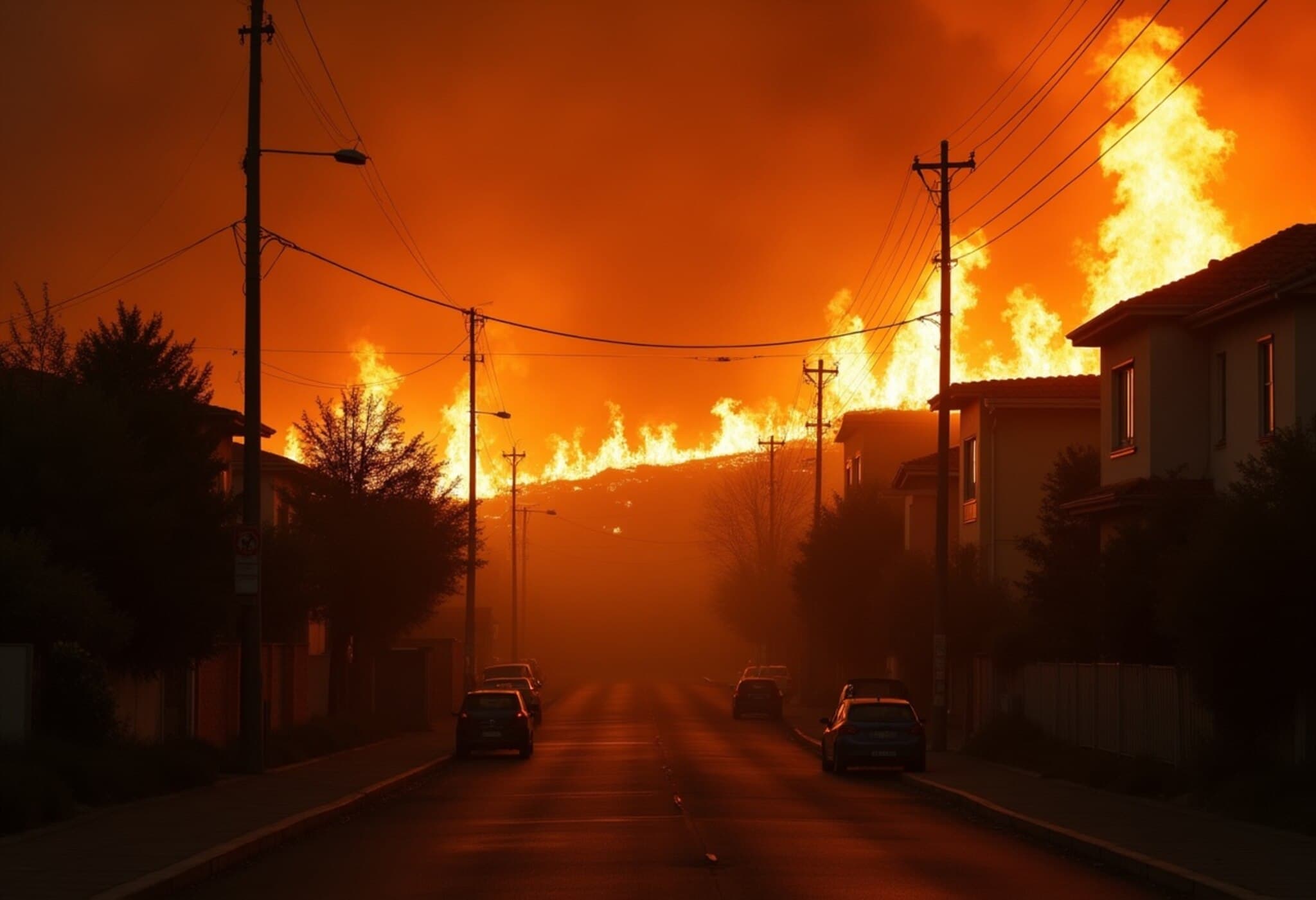Understanding the Phenomenon of 'Fire Clouds' Amidst Western US Wildfires
This summer, raging wildfires in the western United States have sparked a rarely seen and alarming meteorological phenomenon known as “fire clouds” or pyrocumulonimbus clouds. These towering, intense cloud formations arise directly above massive infernos and have begun to influence the local climate in unpredictable and hazardous ways.
What Are Fire Clouds?
Fire clouds form when wildfire heat generates strong updrafts, pushing hot air and smoke high into the atmosphere. As this superheated air rises, it cools and condenses moisture—often drawing enough water from the atmosphere to build towering cumulus clouds that can grow into thunderstorm-like systems.
Experts emphasize that these clouds are more than just a terrifying sight; they actively create their own weather patterns. This includes erratic winds, lightning strikes, and even dry lightning that can ignite new fires miles away from the original blaze.
The Dangerous Climate Feedback Loop
The presence of fire clouds creates what scientists describe as a self-reinforcing feedback loop. The wildfire fuels the cloud, which in turn generates erratic weather that can worsen fire conditions, such as sudden wind shifts and dry lightning. This cycle complicates firefighting efforts and endangers communities.
- Erratic Winds: These can rapidly change fire direction and intensity.
- Dry Lightning: Lightning without accompanying rain can ignite new blazes.
- Increased Fire Intensity: Strong updrafts feed oxygen to the fire, allowing it to grow.
Contextualizing the Impact: More Than Just a Weather Event
While fire clouds have been observed in past wildfires, climate change has made conditions more conducive to their formation. Prolonged drought periods, higher temperatures, and expansive forest fuels have created an environment where these pyrocumulonimbus clouds can emerge more frequently and with greater ferocity.
Experts from the National Oceanic and Atmospheric Administration (NOAA) warn that these clouds represent a new frontier in wildfire science and emergency response. As these systems alter local weather, communities in wildfire-prone regions face heightened risks that extend beyond the flames themselves.
Policy and Preparedness: Addressing an Emerging Threat
From a policy perspective, addressing the challenge of fire clouds requires integrated approaches:
- Enhanced Monitoring: Investing in satellite and aerial technology to detect fire cloud formation in real-time.
- Improved Forecasting: Developing specialized models to predict erratic weather caused by pyrocumulonimbus formations.
- Community Education: Informing at-risk populations about the risks posed by fire clouds and necessary safety measures.
- Climate Mitigation: Accelerating efforts to reduce greenhouse emissions and manage forest ecosystems to reduce extreme wildfire occurrences.
Why This Matters to Americans
The economic and human toll of wildfires is already substantial, and the emergence of fire clouds complicates disaster management. Erratic weather patterns can undermine firefighting strategies, prolong evacuations, and increase health risks from smoke inhalation.
As wildfire seasons grow longer and more intense, understanding and adapting to the behavior of fire clouds becomes essential for public safety and environmental resilience.
Editor’s Note
The development of fire clouds signals a troubling evolution in wildfire dynamics that requires urgent scientific attention and policy action. Are our current wildfire response systems equipped to handle these volatile weather phenomena? How can emerging climate realities reshape community resilience? The intersection of fire, weather, and climate offers critical lessons in preparedness that every American should engage with as wildfire risks escalate.

